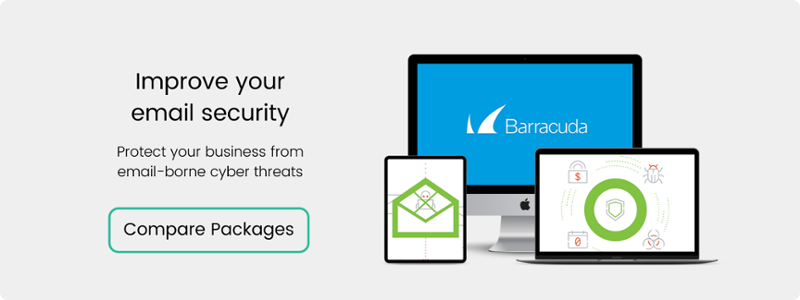Email spoofing
What is meant by email spoofing?
Email spoofing is a type of email security cyber attack wherein the hacker sends out an email that exploits an existing domain name to make it appear as though it was sent from a trusted source. It is a popular method of scamming victims because recipients are more likely to open an email they believe was sent from a recognised source. Email spoofing aims to prompt the recipient to open a message, follow instructions in the email's body, or reply.
In many cases, spoofed emails are easy to recognise, and users can quickly dispose of these messages by simply deleting and reporting them. However, some spoofed messages are more sophisticated and effective, posing significant security risks for organisations and individuals. For example, if cleverly made, a spoofed email pretending to be from a popular shopping website might fool the recipient into divulging credentials or other sensitive information.
Email spoofing is done for the following reasons:
- Concealing the true identity of the sender
- Getting past spam filters
- Posing as a trusted individual or organisation
- Gaining personally identifiable information to commit identity theft
- Damaging the reputation of the sender
- Spreading malware onto the recipients' devices
- Seizing sensitive data from organisations

What is email spoofing and phishing?
Phishing is a kind of cyber attack in which senders create a fake email address to send emails that appear to come from a trustworthy source to trick people into giving sensitive information. It usually entices recipients to click on a link that takes them to a fake page where they enter login data or bank details, or it prompts them to download an attachment that installs malware.
Spoofing is frequently used as part of a phishing campaign. As email spoofing is all about posing as a trusted individual or organisation, it can boost the perceived validity of a message. This approach means it may bypass spam filters and that the recipient is more likely to believe it comes from a legitimate source. This type of spoofing is dangerous because it makes the phishing scam more powerful and effective at getting the victim to do what it wants.
Email spoofing can be easily achieved with a Simple Mail Transfer Protocol server and a widely-used email platform like Gmail or Outlook. Once the message content is composed, the scammer can create forged fields in the message header, including the FROM, RETURN-PATH and REPLY_TO addresses. This approach means that when the email arrives in the recipient's inbox, it seems to come from an address other than its real origins.
Spoofing is a more effective version of domain impersonation. With domain impersonation, a recipient may see an address like info@amaz0n.co as the sender, but the fake sender's address may look more genuine with email spoofing, like info@amazon.com.
You should always be suspicious when an email claiming to be from a trusted source asks you to verify personal details or login credentials, even more so if the email implies a sense of urgency and tries to persuade you to act quickly. The first thing to do is to look at the email source code to identify the originating IP address to determine the true sender. You could also check whether the email has passed an SPF check.
Always be vigilant with unexpected emails that appear to come from trusted sources. Aim to verify their legitimacy before taking any actions they instruct you to take.
What happens when your email gets spoofed?
In most cases, if a hacker starts sending out mail by spoofing your address, it will be rejected by the recipients' servers. Those emails will bounce back to your domain, and they will fill your inbox with 'unable to deliver messages. However, if the spoofed messages make it through, you may receive many angry replies from recipients telling you that your account has been compromised and they have received spam from you.
There is no swift solution to those irritating bounce-backs arriving in your inbox. You will probably have to wait out the process until recipient servers identify the messages as spam and stop bouncing them back to you. If you believe you have been spoofed, you should notify your IT department of Chief Information Officer right away. You might also contact colleagues to warn them that they may receive malicious emails from your account.
From now on, you should take preventative measures to avoid your email being spoofed again. If you implement a combination of DKIM, DMARC and SPF on your server, you have a powerful, multi-layered solution to protect against email spoofing and other related attacks. Email security is essential in preventing severe cyberattacks from taking place and smaller-scale crimes like fraud and identity theft.
.png?width=200&height=75&name=Amvia%20New%20Header%20Logo%20(11).png)



.png)